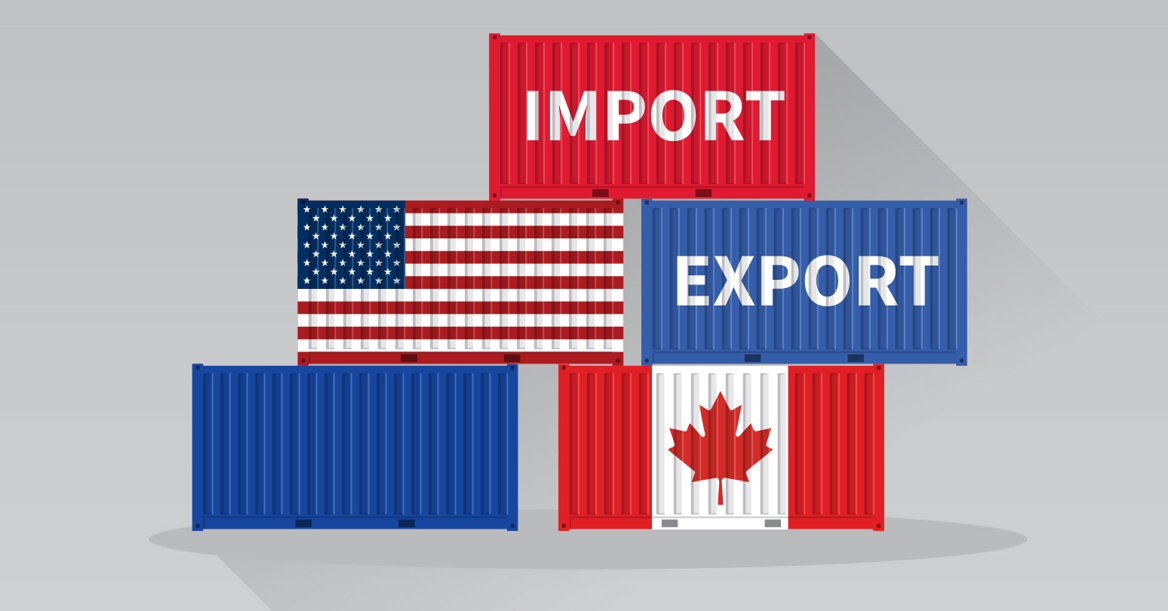The 2025 mining industry tariffs are disrupting global trade, increasing production costs, and forcing companies to rethink supply chains. As mining companies navigate this evolving landscape, staying informed is key to long-term success.
The Global Trade Disruptions
On February 1, 2025, the U.S. government imposed 25% tariffs on mining-related imports from Canada and Mexico(excluding energy resources) and 10% tariffs on imports from China and North American energy resources.

Designed to strengthen domestic mining and manufacturing, these tariffs instead risk destabilizing an industry that relies on cross-border collaboration.
The Mining Association of Canada warns that these measures could delay critical mineral projects, affecting industries from EV battery production to aerospace. China, the world’s top supplier of rare earth elements, is also impacted, compounding existing supply chain issues. The big question now is whether Canada and Mexico will respond with retaliatory tariffs, further complicating an already fragile trade environment.
Cost Impact of 2025 Mining Industry Tariffs
Mining has always been a capital-intensive business, but these tariffs push costs even higher. Importing essential equipment and materials is now more expensive, transportation costs are climbing as supply chains are rerouted, and companies are scrambling to renegotiate contracts. Anglo American CEO Duncan Wanblad has already warned that mining production costs will rise significantly in the coming years due to shifting trade policies.
To remain competitive, mining companies will have to rethink their procurement strategies. Some will turn to automation to offset rising labor costs, while others will look for new supplier relationships to reduce their dependence on heavily tariffed imports. The key to surviving these price hikes will be flexibility—those who can quickly pivot will have the advantage.
Market Volatility and Investment Uncertainty
Investors wasted no time reacting to the tariff announcement. The stock prices of major mining companies took a hit as fears of supply chain instability grew, and commodities like copper and lithium—critical to tech and renewable energy sectors—saw price swings. Financial institutions are adjusting their strategies, with mining-focused ETFs and hedge funds repositioning portfolios to navigate the uncertainty.
As the impact of the 2025 mining industry tariffs unfolds, commodity prices remain volatile. For mining executives and investors alike, the focus now shifts to risk management. Companies that secure long-term supply contracts, diversify their markets, and monitor commodity trends closely will be in the best position to weather the volatility.
The Search for New Trade Routes
With the U.S. imposing tariffs on its closest trading partners, mining companies are exploring alternatives. Canada and Mexico are likely to redirect exports to Europe and Asia, while South America and Australia—already mining powerhouses—could see an increase in investment. Smaller nations rich in critical minerals, such as Indonesia, Chile, and South Africa, may also benefit as companies seek out lower-cost partnerships.
While these shifts create opportunities, they also bring challenges. Smaller mining firms may struggle with the logistical and financial burden of rerouting supply chains. New trade agreements take time to negotiate, and regulatory differences between countries can add complexity. Those who act quickly to establish new supplier relationships and logistics solutions will have a competitive edge.
Adapting to a New Reality
The mining industry has always been shaped by economic and political forces, and these tariffs are just the latest challenge. Understanding the 2025 mining industry tariffs is crucial for making informed decisions. Companies that stay informed, proactive, and adaptable will not only survive but find ways to grow. Keeping up with regulatory updates, engaging with industry leaders, and investing in supply chain innovation will separate those who succeed from those who struggle.
While these tariffs introduce uncertainty, they also present an opportunity for the industry to evolve. The most resilient companies will turn obstacles into innovation, building new trade partnerships and strengthening their long-term strategies. The mining sector has always been about endurance—this is just the next test.


